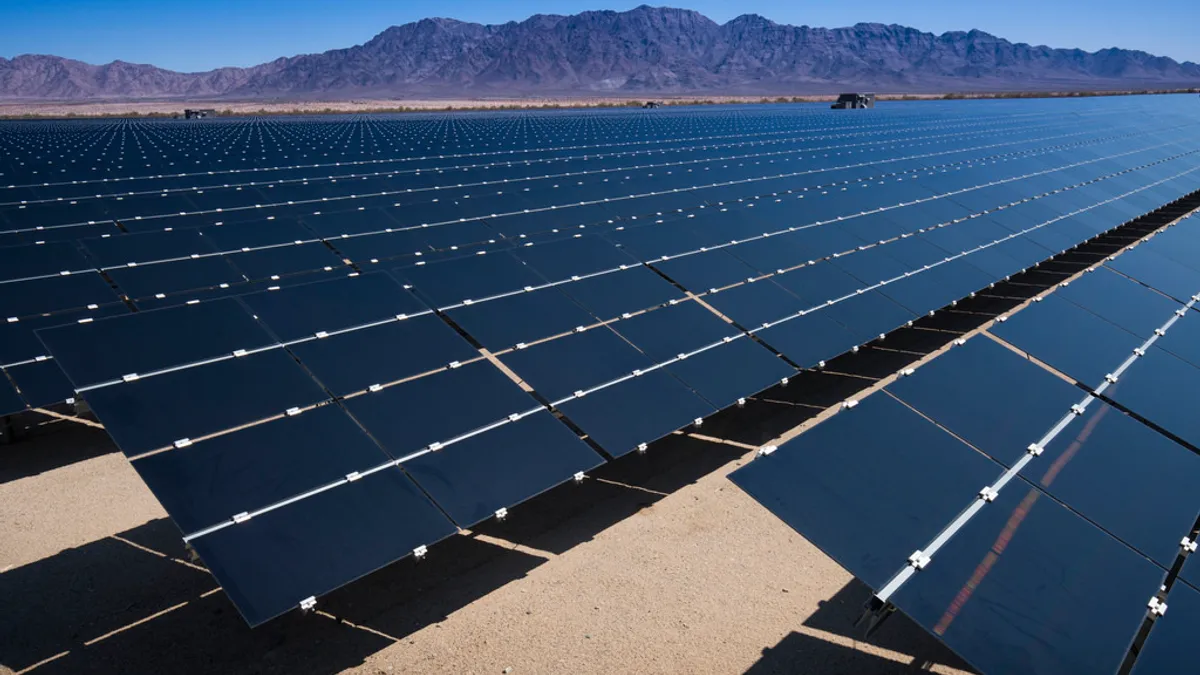The following is a contributed article by Ed Smeloff, senior director, grid integration at Vote Solar.
California has a near-term need to develop at least 2,500 megawatts of new, clean energy resources, to meet a long-standing commitment to close old polluting power plants along the coast and make progress on its bold climate commitments.
The California Public Utilities Commission (CPUC) has just teed up a decision for their October meeting that would require energy providers in Southern California to competitively procure resources to assure that these old polluting plants close no later than 2023, three years later than originally planned.
Instead of continuing to rely on these out-of-date and harmful power plants, the CPUC needs to prioritize price-competitive renewable alternatives that are reliable, ready to be built and can produce carbon-free energy.
Enormous quantities of water
The proposed decision on new energy procurement coupled with a recommendation to continue operating coastal power plants is part of the CPUC's integrated resource plan (IRP) through 2023.
The IRP, which guides energy providers on how to assure the state's electric service is reliable and increasingly free of harmful greenhouse gas emissions, needs to address a decade-old decision of the California Water Resources Control Board to put an end to the ecologically ruinous process called "once-through cooling" (OTC) at state power plants.
Fossil and nuclear power plants located along the coast of California from Eureka to San Diego have historically drawn enormous quantities of water from the ocean and coastal estuaries, in the process killing billions of aquatic organisms, including fish larvae and shellfish and damaging habitat through thermal pollution. Earlier this year, the CPUC staff recommended delaying the planned closure of these old polluting plants, saying they continue to be needed for reliability.
Vote Solar and others objected to this delay.
While the proposed decision still recommends extending the operation of the OTC power plants, the proposed procurement of new clean energy resources including solar-plus-storage, energy efficiency and demand response measures would likely allow for earlier shutdowns.
Bringing online large quantities of new solar paired with battery storage by 2021 or 2022 is possible if California's energy leaders move quickly. According to the California Independent System Operator (CAISO), there are thousands of megawatts of renewable energy projects coupled with battery storage ready for connection to California's transmission grid.
The CPUC and CAISO need to work together to credit these hybrid resources for the reliability they can provide so that they can be financed and built.
Behind-the-meter opportunities
There are also abundant opportunities to develop behind-the-meter solar-plus-storage systems using batteries, programmable hot water heaters and innovative technologies like storing energy as ice that can be used later in the day for air conditioning. Across the state, there are abundant rooftop solar systems that if coupled with storage systems could assure both local and system-wide reliability.
As we face the increasing threat of wildfires, floods and other potential disruptive events, it will also be important that we develop clean, local, reliable energy resources that can be used to sustain first responders, critical facilities and neighborhoods during planned or unplanned power outages.
A "no regrets" clean energy strategy at the CPUC would encourage the development of new renewable, storage, demand response and energy efficiency resources to maintain grid reliability and improve community resilience. All parties responsible for reliability in California need to support the decision to immediately procure new clean energy resources to ensure that gas-fired power plants are not used to replace the outdated coastal fossil plants.
California energy policymakers have committed to achieving 100% clean energy by 2045 or earlier. The Governor and the CPUC need to assure that California moves forward towards that goal by adopting a "no regrets" clean energy plan to procure no less than 2,500 megawatts of new clean energy resources rather than continuing to rely on old fossil fuel plants that need to close as soon as possible.





















